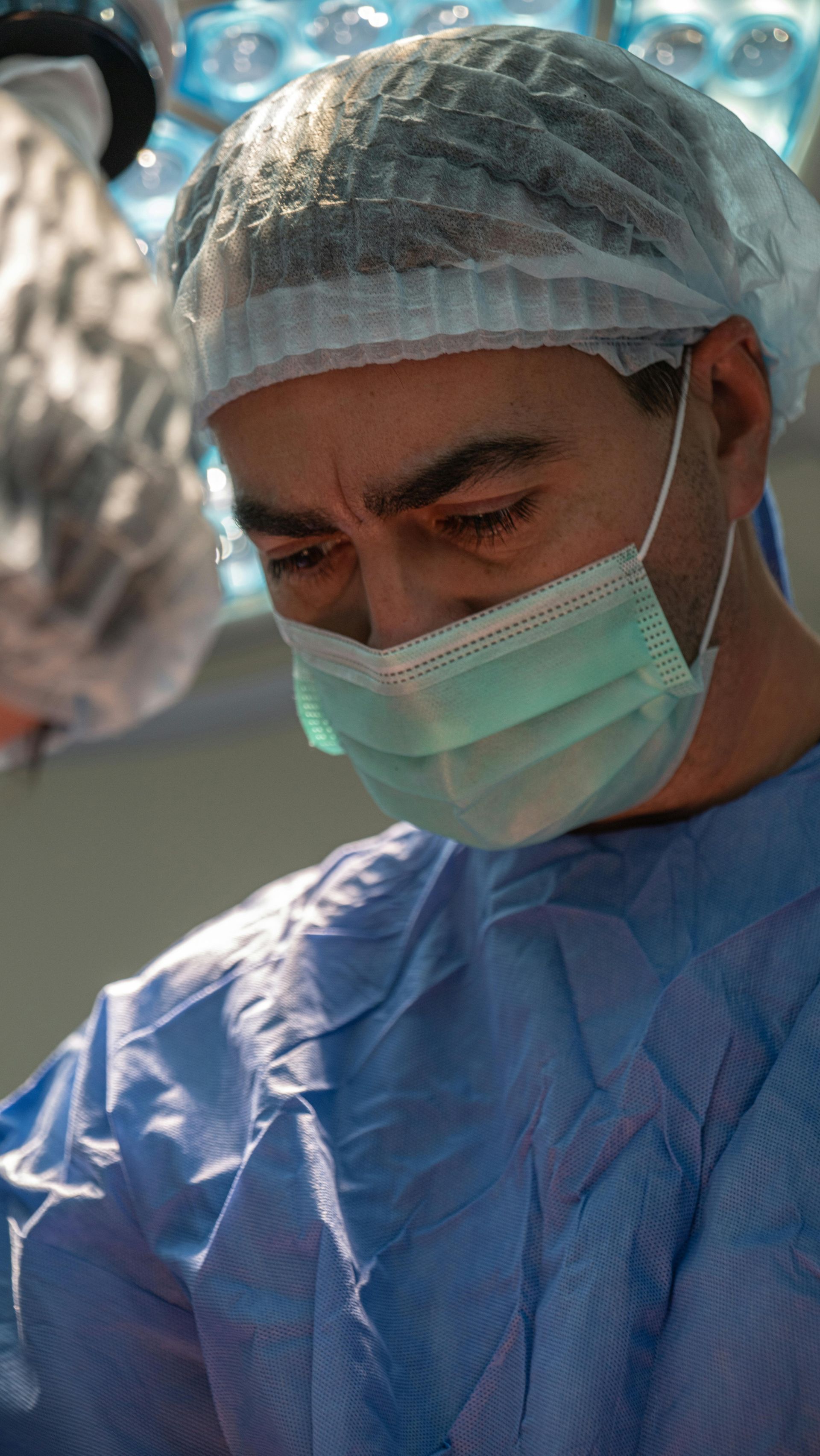Everything You Need To Know About Mohs Surgery!

Mohs surgery—also known as Mohs micrographic surgery—is a highly specialized, precise surgical technique used to treat skin cancer, especially basal cell carcinoma (BCC) and squamous cell carcinoma (SCC). It offers the highest cure rate of any skin cancer treatment while preserving as much healthy tissue as possible.
What is Mohs Surgery?
Mohs surgery involves removing thin layers of cancer-containing skin and examining them immediately under a microscope. The process is repeated layer by layer until no cancer cells remain.
When Is It Used?
Mohs is ideal for:
- High-risk skin cancers (e.g., aggressive types, recurrent cancers)
- Sensitive or cosmetically important areas (e.g., nose, eyelids, lips, ears, hands, genitals)
- Cancers with poorly defined borders
- Large tumors or those with ill-defined edges
- Cancers that have recurred after previous treatment
How It Works (Step-by-Step)
- Local Anesthesia – The area is numbed.
- Tumor Removal – A thin layer of visible tumor is excised.
- Tissue Mapping – The surgeon marks the removed tissue for orientation.
- Microscopic Examination – The tissue is frozen, cut, stained, and examined under a microscope.
- Repeat if Needed – If cancer remains at the margin, the surgeon removes another layer, only from the area where cancer persists.
- Closure – Once clear, the wound is closed or allowed to heal, depending on the size and location.
Healing and Recovery
- Pain: Mild to moderate, typically managed with acetaminophen or ibuprofen.
- Swelling/Bruising: Common around the surgical site.
- Scar Care: Stitches (if used) are removed in 5–14 days. Scar appearance improves over time.
- Follow-up: Periodic skin checks to monitor for recurrence or new cancers.
Advantages
- Highest cure rate: ~99% for primary BCC/SCC, ~94% for recurrent.
- Tissue conservation: Preserves more healthy skin than traditional excision.
- Immediate results: Cancer margins are checked during surgery.
Risks and Complications
- Bleeding
- Infection
- Scarring
- Nerve damage (rare, usually temporary)
- Recurrence (low but possible)
Who Performs It?
A dermatologic surgeon specially trained in Mohs surgery performs the procedure. Not all dermatologists are Mohs surgeons. At Annexus Dermatology & Aesthetics, the team of practitioners provides diagnosis and treatment of skin cancer. Dr. Neil Sandhu, MD, FAAD, is a Certified Mohs Micrographic Surgeon, offering the latest technologies to treat skin cancer. To schedule an appointment call the office at 386-628-3376 and speak with a friendly staff member today!




